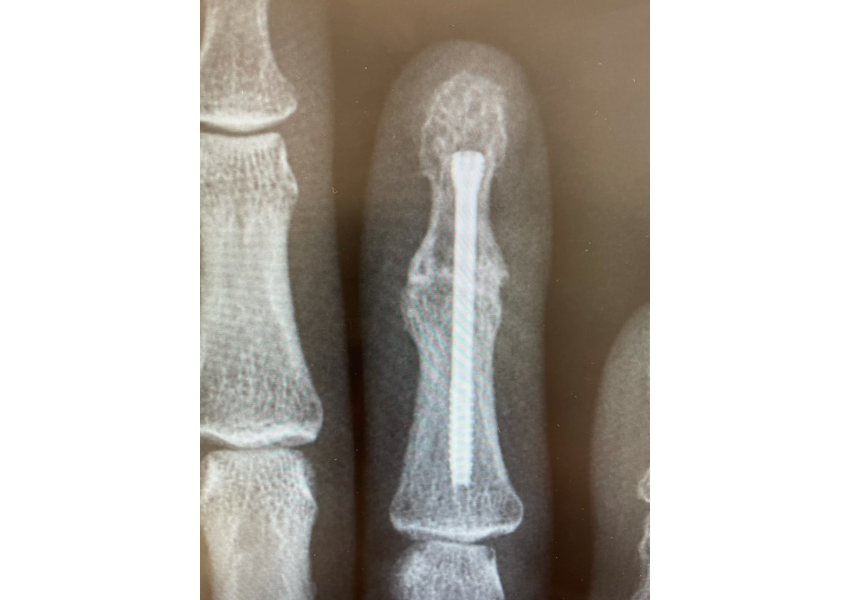Finger arthritis is a condition that affects many people worldwide. It causes inflammation, pain, and stiffness in the joints of the fingers. Many wonder how finger arthritis occurs and the history behind it. So today, we’re going to dive into some of the most common causes, symptoms and treatments for finger arthritis.
Causes of finger arthritis
Well, where better to start than at the beginning? What are the most common causes of finger arthritis? There are numerous causes of this condition, with the obvious one being wear and tear. As we grow older our joints naturally tear up due to constant use, so this makes the condition more likely to develop in later years – ‘it’s a part of growing up’, as the old cliche would say. Osteoarthritis is the most common form of finger arthritis and it’s caused by simple wear and tear. Rheumatoid arthritis is an inflammatory condition where one’s own body attacks the lining of the joint and destroys the cartilage.
Furthermore, trauma or an injury is a likely cause of finger arthritis too, as a previous fracture or dislocation in the finger joint can increase the risk of developing finger arthritis. If you have suffered from an injury in this area before, make sure you mention it to your doctor so they can diagnose the problem quickly. Also, certain infections can lead to arthritis in the fingers too, which is often overlooked by patients as they don’t necessarily realise they have one without a doctor examining them first. So keep a lookout for any infections that might be brewing.
Symptoms of finger arthritis
There are numerous symptoms which indicate you have finger arthritis, and it’s important you recognise them so you can identify quickly if you’re suffering from this condition or not. The first one you can spot easily is if you’re experiencing pain in your fingers. This will usually occur when you’re gripping or grasping objects such as using pans in the kitchen, or dumbbells in the gym. If you do notice these signs – do get it checked out – see your doctor, there is nothing wrong with seeking medical advice. Secondly, stiffness and swelling in the fingers are other typical symptoms of finger arthritis which can be quite noticeable. As soon as you see this, it’s essential you speak to your doctor.
In addition, other symptoms you can experience are grinding sensations or popping sounds in the fingers. The ‘grinding’ you feel will be quite sore and difficult to manage, and it will decrease the range of motion in the fingers. This can stop you from completing basic movements such as picking up a kettle or piles of clothes. These are the main symptoms you will notice if you’re suffering from finger arthritis, and if you feel like you have any of them; speak to your doctor as soon as possible. Once you explain to the doctor or a hand surgeon your problem, they will be able to provide a full diagnosis through an x-ray. The x-ray will typically show the loss of joint space (previously occupied by the articular cartilage) and extra bone formation at the edges of the joint. It will also spot cysts in the bone and hardening of the ends of the bone with an increased white appearance.
Finger arthritis treatment
Now, you understand the causes and symptoms; next, you need to know the treatment that is available to you. There are two avenues you can go down, either non-operative or operative finger arthritis treatment. Determining which route you take will depend on the severity of your finger arthritis. If the surgeon or doctor determines your arthritis isn’t serious then they will either: prescribe you medication such as anti-inflammatory drugs or pain relievers, advise you to use assistive devices like splints and braces, or urge you to undergo physical therapy which is designed to improve the movement and strength in your hand. Each of these treatments has its own advantages and disadvantages, but the likely outcome from either one is your pain will be reduced over time.
On the other hand, if the doctor comes to the conclusion that you will need surgery to resolve the issue, then there are three things which could happen:
- They may provide you with corticosteroid injections in the joint under x-ray control
- You may need an MCP joint replacement
- You may need PIP joint replacement
Now, each one of these surgical techniques is both different* from the last and has different rates of success (*surgery is always conducted in a clean and safe environment). For example, option one is carried out in a clean environment in a minor procedure unit. Up to 70% of patients notice an improvement in their symptoms after an injection and hand therapy.
Option 2 is very similar to PIPJ replacement (option three) but the implant is usually different. Option three (PIP joint replacement) is carried out with a general anaesthetic. A surgical cut is created on the back of the finger so the tendons are moved to one side to expose the bones. The ends of the bone are removed and a tunnel is created inside each bone, to accommodate the implant. After the insertion of the implant, the joint stability will be assessed and once the surgeons are happy they will close the wound. A plaster will then be applied to provide support to the operated finger, and within a few days, the patient will have a scheduled appointment with a hand therapist/surgeon.
You will have recurring appointments with the specialist to make sure your rehabilitation is heading in the right direction.
Getting help for finger arthritis
Overall, It’s important to seek medical attention if you experience symptoms of finger arthritis. A hand specialist can provide a proper diagnosis of your condition and suggest the appropriate treatment options. They will give you all the attention you need, and if you’re struggling to find the perfect hand surgeon, look no further than Ladan Hajipour. For over a decade, she has provided hundreds of patients with the best possible hand and wrist treatment; and has given them amazing aftercare which goes a long way!
If you would like to find out more about Ladan Hajipour, you can click here to view her background and testimonials. Or, if you’re ready to get in touch, then you can click here to book an appointment today.



